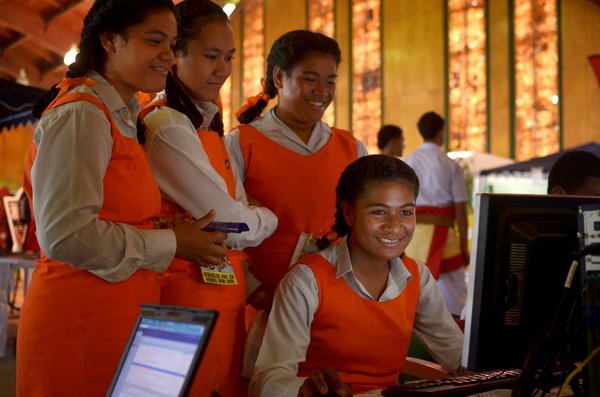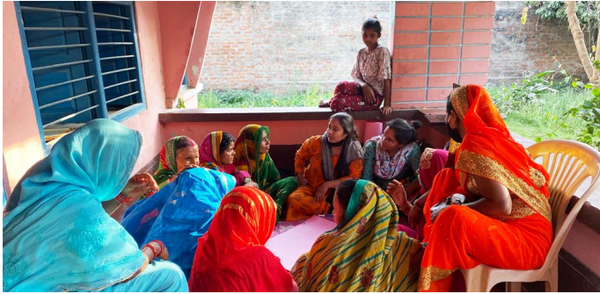
Free Internet cafe in Nova Friburgo, Brazil run by RJ state government uses KDE, Firefox, OpenOffice by Nate Cull on Flickr. CC BY-SA 2.0
This journal article is part of the NORRAG Special issue (NSI), originally published via NORRAG.org.
The use of digital technologies has both positive and negative implications for the lives of migrants. If migrants are indeed to use digital tech to learn, train and work throughout the education–training–work continuum, then policies need to be introduced at the heart of digital tech that explicitly seek to mitigate the increased inequalities to which they give rise and foster equity.
Two-faced Janus was the ancient Roman god of beginnings and ends, of duality, of gates and transitions, of passages and frames (Porter, 2019). He thus represents many dimensions of both migration and the education–training–work continuum: beginnings and ends, the importance of gates and gatekeepers, the life transitions involved, the passages of migration and learning and the frames or contexts within which migrants experience their learning and working lives. However, Janus’s fundamental duality also represents an essential aspect of how digital technologies are themselves used at all stages of the education-training-work continuum: to do good, or to do harm.



